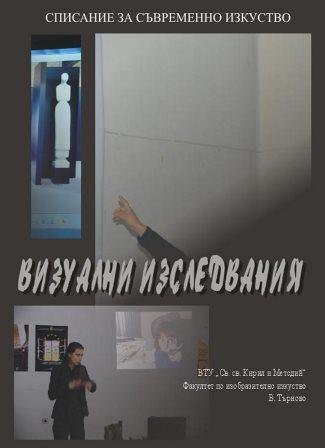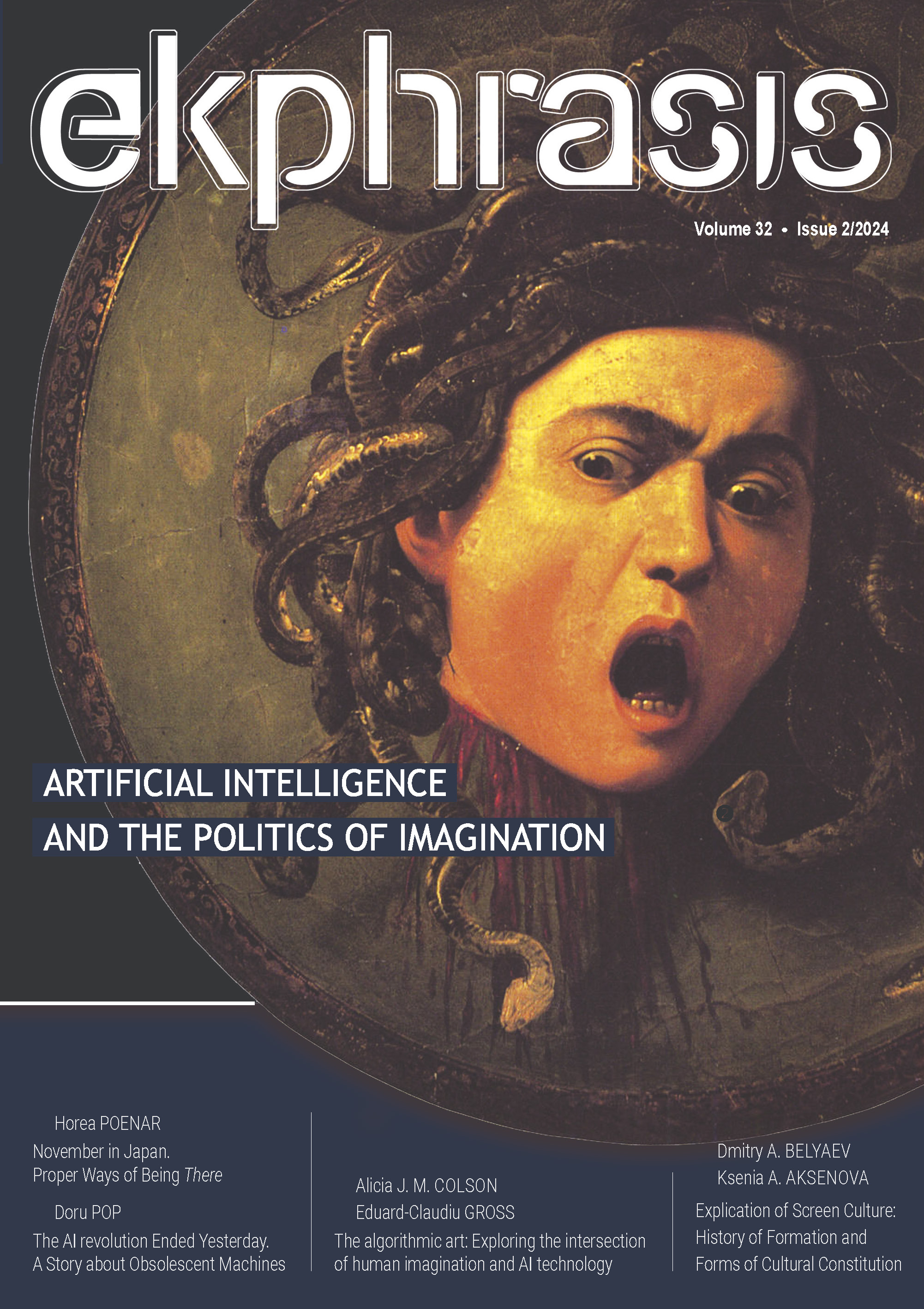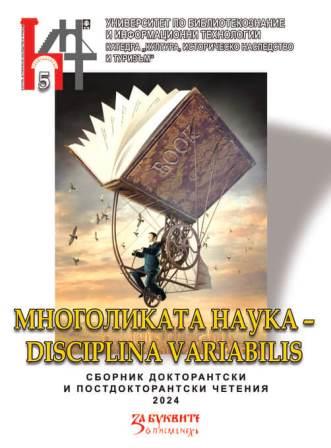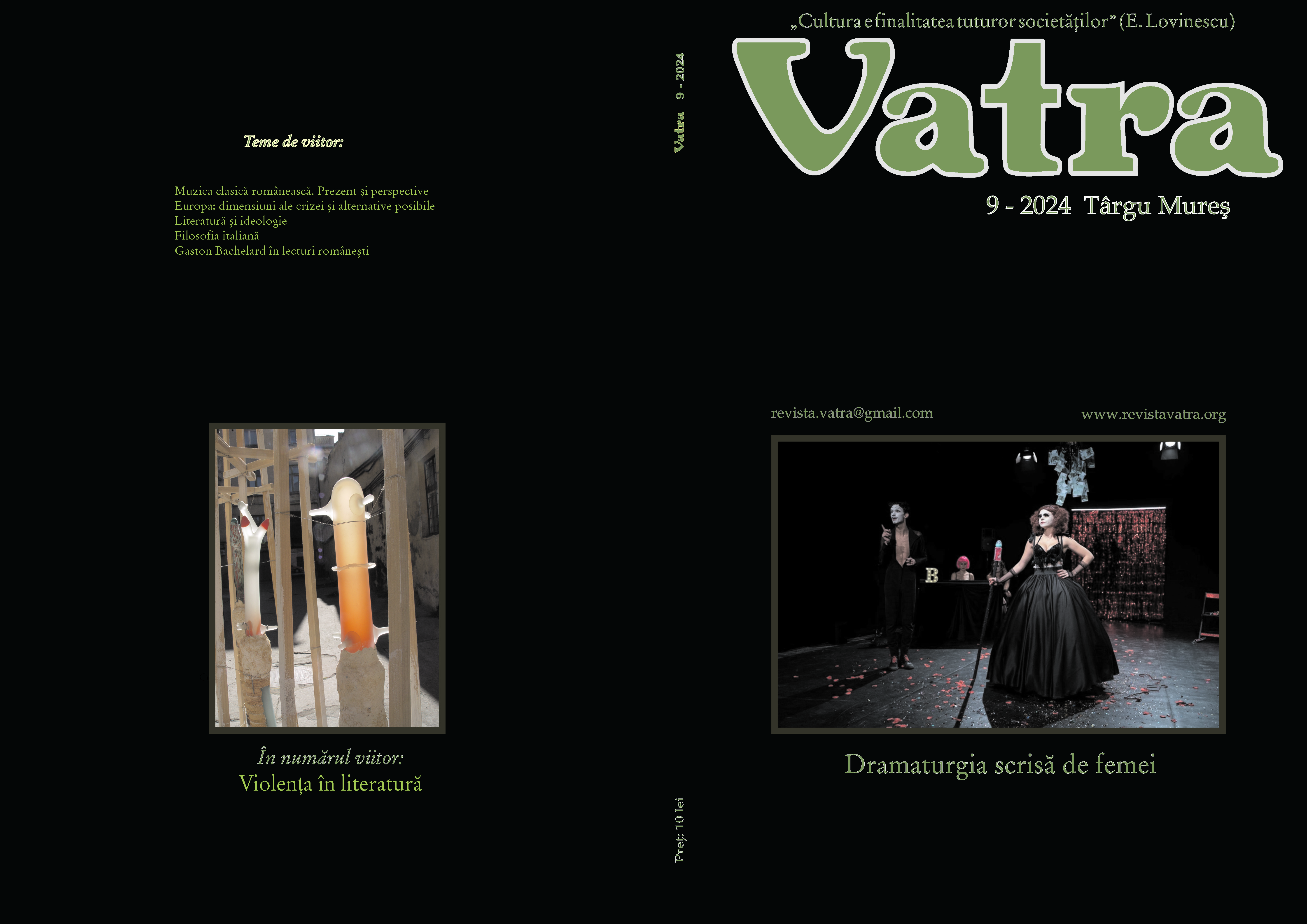Author(s): Horia Moldovan / Language(s): English
Issue: 11/2023
Was there a concern for ruins in 19th century Romania? The development of the romantic spirit and the taste for the picturesque, circumscribed to a narrow cultural elite, triggered an interest for antiquities and ruins. This specific preoccupation was animated by the evocative role of a far and still little-known past, and also by the aesthetic value of the ruin. The increasingly lively interest for the research of national history and the early attitudes towards the preservation of its material remains founded a whole new chapter of the early-modern Romanian culture. Was there a cult of ruins in 19th century Romania? Towards the middle of the century, a significant literature of the ruin was flourishing – borrowed or indigene, developed in a meaningful Romanian lyric. However, the subject came to the attention of local antiquarians from a pragmatic perspective. The early archaeological excursions in Oltenia of Vladimir Blaremberg and Mihail Ghica, popularized in contemporary publications, represented a first step in the systematic approach to the ancient remains in Wallachia, which later became the basis for the Romanian Academy studies. #e “archaeological expeditions” of the mid19th century led by Alexandru Pelimon, Cezar Bolliac, Dimitrie Papazoglu, and Alexandru Odobescu accompanied by the painter Henri Trenk and, later on, those of Gheorghe Tattarescu, contributed to the foundation of a scientific knowledge, to a first inventory and in some cases, to the graphic documentation of the artifacts. By discussing these works, the article proposes several states of the architectural ruin in the Romanian 19th century: as an object of contemplation, as a source of historical information, as a vehicle of memory and aesthetic appreciation or, finally, as a means of political legitimation.
More...









